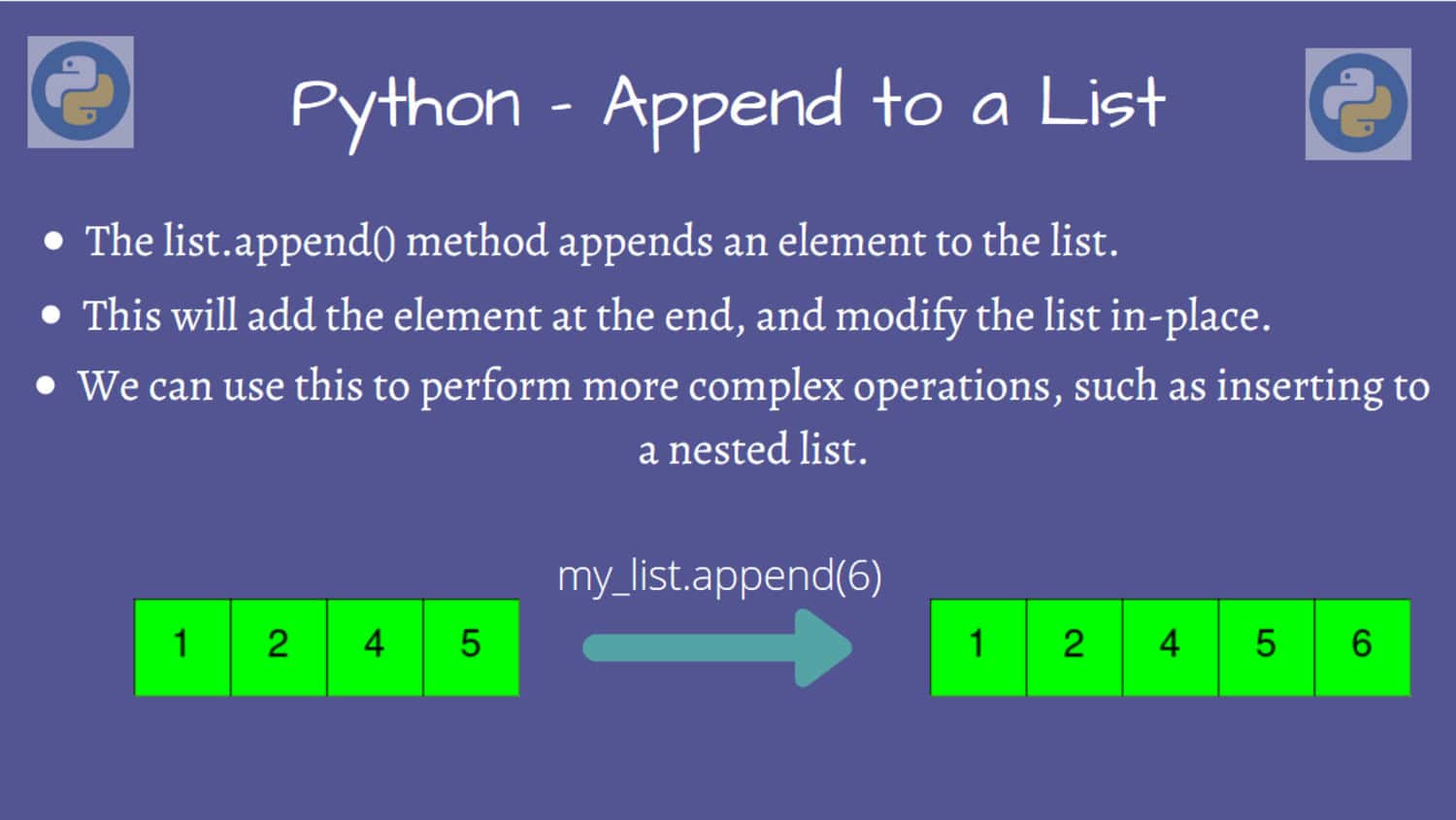Python is a beneficial and versatile programming language, and one of its properties is the capability of nested lists. A Nested list in Python is a collection of lists that can hold any data type. For example, a list that contains three lists, each of which has three numbers, could look like this: [[1,2,3], [4,5,6], [7,8,9]]. But how to create a Nested List in Python?
You can create nested lists in Python using the Append, Extend, and Comprehension methods to improve readability and more accessible data access.
Here, we will discuss how to create and use nested lists in Python and how they can simplify and speed up your code.
See Also: 10 Full Stack Projects Ideas A Web Development Coding
Table of Contents
What are Nested Lists in Python
Nested Lists in Python are lists that contain other lists. They help store multiple sets of data in a single structure. Nested lists are commonly used to represent multi-dimensional arrays and matrices, and they can also be used to represent hierarchical data structures such as trees. Creating a nested list is simple; all that is needed is to enclose each inner list in square brackets.

The following example creates a nested list with two inner lists: list = [[1,2,3], [4,5,6]]. Accessing elements of a nested list is similar to accessing elements of a regular list.
To access an element within an inner list, the index of the inner list must be specified first, followed by the index within the inner list. The following example accesses
Read also: What Is Python Extend Class: Things To Know
Types of methods to create Nested Lists
Different ways to create a nested list in Python
Append method
The append() method offers a simple way to add new elements to the end of any list, giving you greater flexibility when organizing data. This method modifies the list but does not return anything.

To use the append() method, you can specify the item to be added as an argument in the parentheses.
Example:
list = [1,2,3] list.append(4) print(list)
Output: [1, 2, 3, 4]
Extend method
Extend list is a built-in Python method that allows you to add elements to an existing list. This powerful method offers a versatile way to expand an iterable, like a list, tuple, or string.

By adding each element to the end of your selection, you can quickly extend its contents without manually inputting every item one at a time! It is helpful to quickly add multiple items to a list without writing a loop or list comprehension.
For example, if you want to extend a list called my_list with a list of numbers, you would do the following:
my_list = [ ] my_list.extend([1,2,3,4,5])
This will add the elements 1, 2, 3, 4, and 5 to the my_list list.
Comprehension method
Make a Python using the comprehension method in Python. Write your expression in the brackets followed by a for clause.

For example, to make a number list of 1 to 10, the code is as follows:
my_list = [x for x in range(1, 11)]
This single line of code creates a list of numbers from 1 to 10. List comprehensions offer an efficient and elegant way to generate lists without needing a lot of tedious coding. They make it easy for developers to quickly create what they need, allowing them more time to focus on the finer details of their projects.
See Also: Everything You Should Know About Web Development Bootcamps
Benefits of using a nested list
These are the benefits of creating a nested list in Python
Improved readability
Nested lists can help improve the readability of complex data structures. By nesting lists, you can visually group related items, making it easier to understand the structure of the data.

Easier data access
Nested lists make it easier to access specific elements of a data structure. Easily access data elements within lists by arranging them in nesting layers – making the perfect organizational structure!
Flexible data structure
Nested lists allow you to create a flexible data structure that modifies and adapts easily to changing data requirements, making them ideal for creating dynamic data structures.
Data manipulation
Nested lists make it easier to manipulate data by allowing you to sort, search, and filter data elemenPythonckly.
Here is one example of a nested list:

See Also: How To Use PHP Apache Docker Properly?
FAQs
In Python, what is a nested list?
Nesting lists are any form of item, including another list (sublist), which can then include further sublists, can be contained by a list.
In Python, how do you create a list of two lists?
Using the '+' operator to concatenate two lists is one of the easiest methods to combine them. Another strategy is combining the entries of two lists using the 'extend()' function. The 'zip()' method may also be used to create a list of tuples by joining the components of two lists.
How may a list be made in Python?
Simply putting the sequence within the square brackets creates lists in Python. A list does not require a built-in function to be created, unlike Sets. The list may have changeable items, unlike Sets.
What is a nested function in Python, with an example?
You define inner functions—also referred to as nested functions—within other functions. The variables and names declared in the enclosing function are directly accessible to this type of function in Python. The most common uses for inner functions are closure factories and decorator functions.
How can I convert a Python nested list to a set?
Use the phrase set(tuple(x) for x in my_list) to loop over all inner lists in a generator expression provided into the set() function and convert each one to a tuple using the built-in function tuple() to convert a nested my_list to a set in Python.
In Python, how do you clear a stacked list?
Items or lists from nested lists can be removed using the pop() method or the del keyword in Python. The del keyword in Python is used to remove objects, including lists and variables. The pop function, which doesn't require any arguments, eliminates the last entry of a nested list.
Conclusion
Nested lists in Python are robust data structures that allow us to store and access data in multiple dimensions. They provide a way to store and access data efficiently and flexibly. Investing time and effort in studying nested lists enables capabilities to tackle even the most intricate challenges. With their versatile nature, these data structures, employees build robust programs that bring revolutionary solutions to life. With the help of these data structures, developers can create more efficient and effective code.
See Also: How To Automatically Export Figma To HTML Code And CSS

